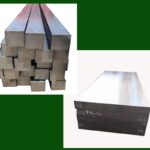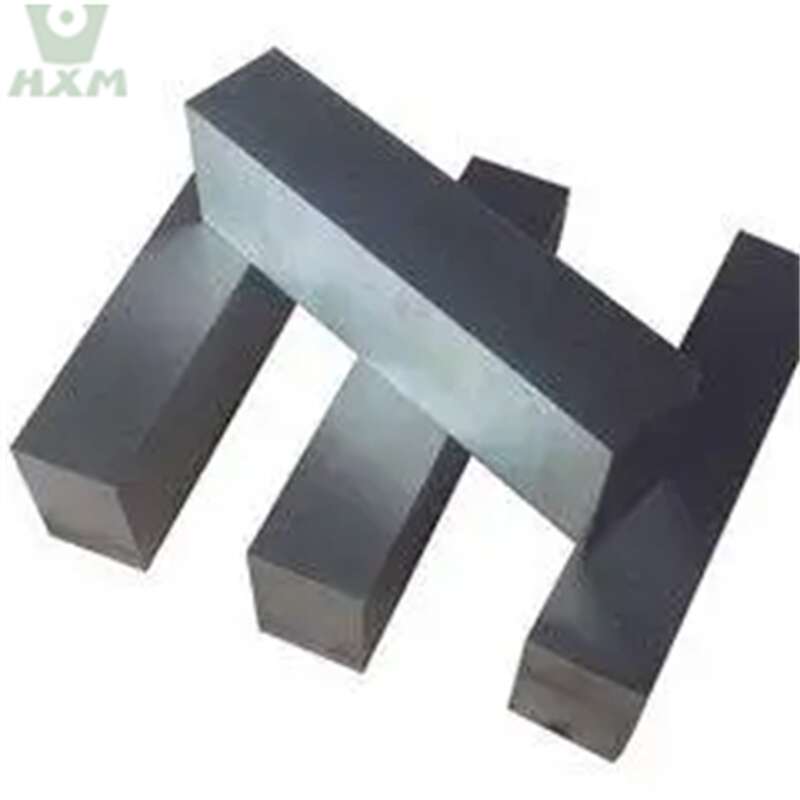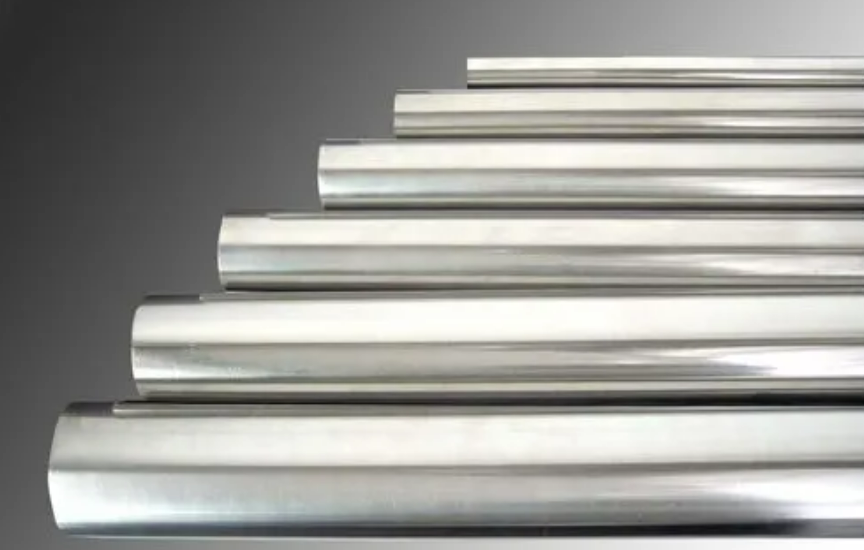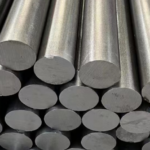Tool steels are specifically designed to withstand the rigorous demands of cutting, forming, and machining operations, making them crucial components in the manufacturing industry. In this article, I will delve into the common grades of tool steels, highlighting their unique properties, applications, and selection criteria.
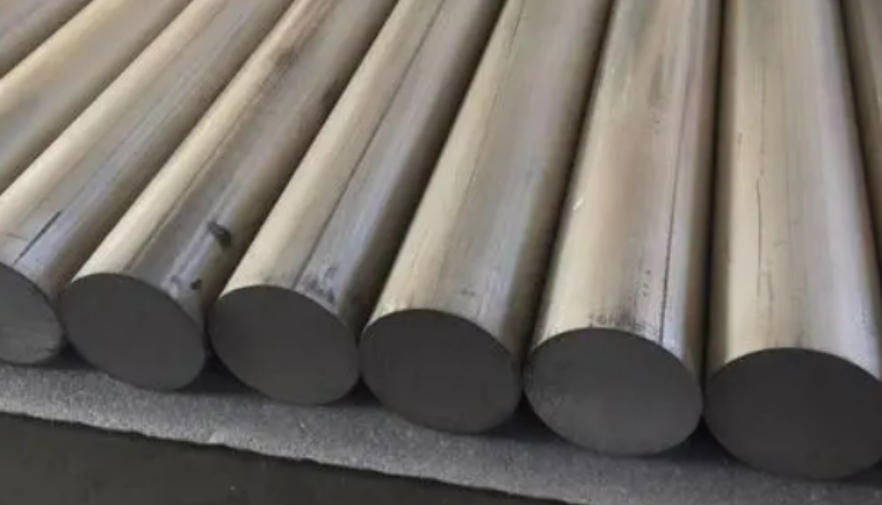
COMMON GRADES OF TOOL STEELS
Common Grades of Tool Steels – 1. Water-Hardening Tool Steels
Water-hardening tool steels are among the oldest and most widely used grades. They derive their name from the hardening process, which involves quenching in water after heat treatment. These steels contain high carbon levels and relatively low alloy content, resulting in excellent hardness and wear resistance. However, they are susceptible to cracking and distortion during the hardening process, requiring careful heat treatment practices. Water-hardening tool steels are commonly used for cutting tools, punches, and dies that require high hardness but not extreme toughness.
Common Grades of Tool Steels – 2. Oil-Hardening Tool Steels
Oil-hardening tool steels offer a balance between hardness and toughness, making them suitable for a wider range of applications. They contain moderate carbon levels and higher alloy content, typically chromium, molybdenum, and vanadium. The hardening process involves quenching in oil, which provides a slower cooling rate compared to water, reducing the risk of cracking. Oil-hardening tool steels are commonly used in applications that require both high wear resistance and good toughness, such as cutting tools, dies, and forming rolls.
Common Grades of Tool Steels – 3. Air-Hardening Tool Steels
Air-hardening tool steels are designed to harden without the need for quenching in water or oil. They contain high alloy content, including chromium, tungsten, and vanadium, which enables them to harden even at slow cooling rates. This characteristic simplifies the heat treatment process and reduces the risk of distortion. Air-hardening tool steels exhibit excellent wear resistance and toughness, making them suitable for demanding applications such as high-speed cutting tools, cold work dies, and punches.
Common Grades of Tool Steels – 4. High-Speed Tool Steels
High-speed tool steels are specifically designed for high-speed cutting operations. They contain high levels of tungsten, molybdenum, cobalt, and vanadium, which impart exceptional hardness, red hardness (resistance to softening at high temperatures), and wear resistance. High-speed tool steels are typically used in manufacturing processes that involve high cutting speeds and temperatures, such as milling, drilling, and grinding. Their ability to maintain hardness at elevated temperatures allows for extended tool life and improved machining efficiency.
Common Grades of Tool Steels – 5. Powder Metallurgy Tool Steels
Powder metallurgy tool steels are produced through a unique manufacturing process that involves compressing and sintering powdered metal particles. This process allows for the creation of tool steels with uniform microstructure and exceptional properties. Powder metallurgy tool steels offer high hardness, wear resistance, and toughness, often surpassing the capabilities of conventionally produced tool steels. They are particularly suitable for applications that require extreme precision and durability, such as precision cutting tools, punches, and dies.
Selection Criteria for Tool Steel Grades
When selecting a tool steel grade, it is crucial to consider the specific application requirements. Factors such as the type of cutting or forming operation, the material being processed, the desired tool life, and the cost of the tool steel all play a role in the selection process. For example, water-hardening tool steels may be suitable for low-cost applications with moderate wear requirements, while high-speed tool steels are better suited for high-speed cutting operations that demand exceptional wear resistance and red hardness.
Moreover, the heat treatment process and the availability of the desired grade must also be taken into account. Some grades may require complex heat treatment procedures, while others may be more easily processed. Availability can also be a limiting factor, as some grades may be more difficult to source depending on the region and supplier network.
Conclusion
Tool steels are a diverse and specialized class of materials, each grade offering unique properties and applications. Understanding the common grades of tool steels and their characteristics is crucial for making informed decisions in the manufacturing industry.
Thank you for reading our article and we hope you’ve enjoyed it. If you are looking for tool steel suppliers and manufacturers online now, we would advise you to visit Huaxia Steel.
As a leading supplier of tool steel products from Shanghai China, Huaxia Steel offers customers high-quality tool steel, carbon steel, alloy steel, and carbon steel tubes at a very competitive price.


